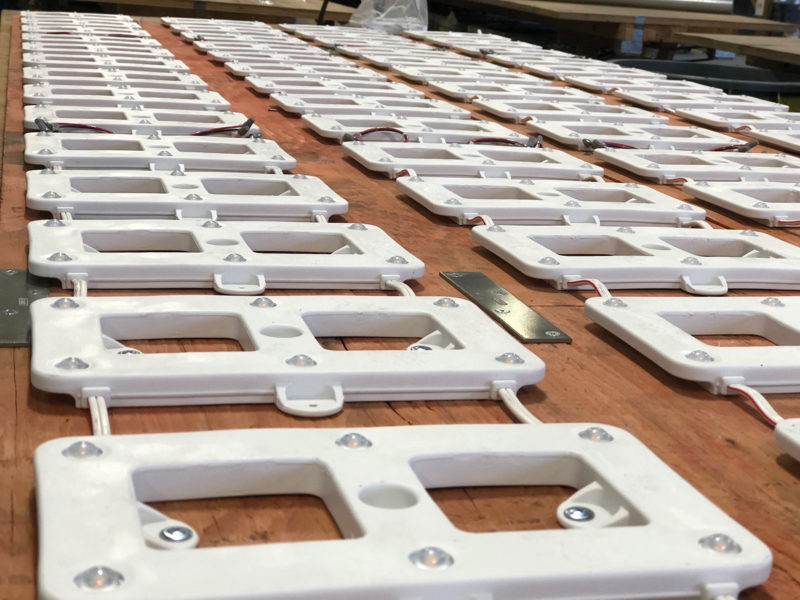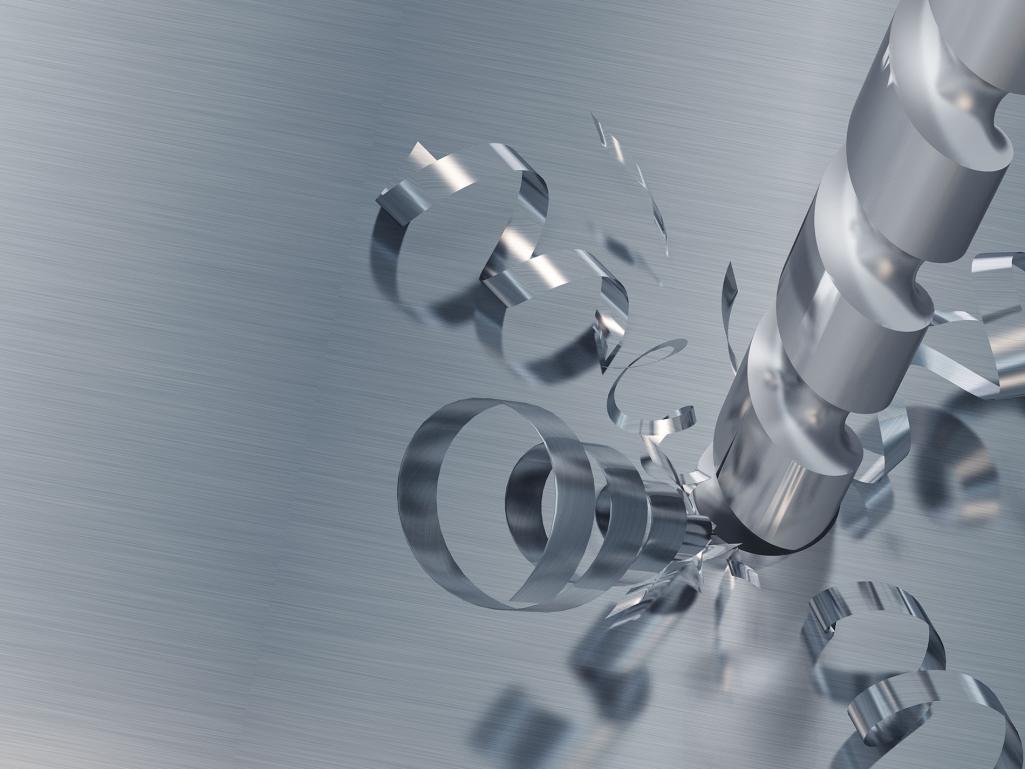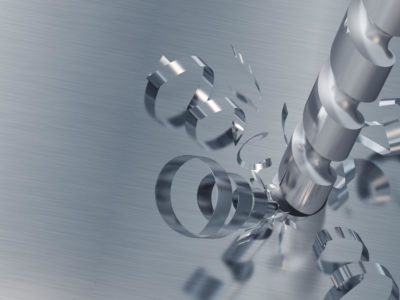Industry wide, the prefabrication of products and processes has proven to be a popular way for electrical contractors to reduce labor costs, optimize their workforce during a time of skilled labor shortages, and help ensure that projects get completed on time. In this roundup, five electrical contractors active in the prefab arena discuss cutting-edge ways they use the practice to increase productivity and efficiency.
Rosendin Electric—Delivering value
At Rosendin Electric, a century-old contracting firm based in San Jose, Calif., prefab activities were instituted two decades ago to improve profit margins but have evolved to deliver so much more.
“Today, our ability to provide greater value to the customer is a critical factor in the ‘why’ we do what we do,” said Steven Rose, corporate director, prefab/packaging.
According to Rose, Rosendin Electric has extended the prefab concept to some unexpected processes.
“For example, on many jobs within our renewable energies division, we’ll prefab combiner box/inverter assemblies that are prewired, tested and quality-controlled and then package them on a material-handling cart of our own design that we ship to the job site and install from,” he said. “The intent is to eliminate as much waste as possible in all forms.”

Rosendin team members prefab LED lights for installation in bathrooms.
Another example involves solar string wiring for large utility-scale solar projects.
“Our ability to create all of the string wiring in our prefab shops greatly reduces installation time in the field,” he said. “We’ve designed and built specialty wire spooling tools for our ‘fab shops as well as custom material handling tools for this application and have been able to greatly impact not only production in the ‘fab shop but also site logistics, which is particularly important for solar jobs with massive footprints.”
In addition to enhancing margins and realizing the improved safety, quality, productivity and economies of scale associated with a controlled environment, “we’re also seeing the benefits of greater predictability in ways we didn’t foresee when we first started incorporating prefab,” he said. “With lean thinking and efforts in advanced work planning, we’re striving to get farther in front of our work than ever before, which improves our ability to predict a given project’s outcome and exercise more control over our own destiny.”
Looking ahead, Rose believes that prefab will continue to evolve as the industry increasingly looks to automation, modular and volumetric modular builds, and third-party manufacturer/vendors to help manage labor shortages.
“The term ’construction manufacturing’ is now being used, and I believe it’s the next step just beyond ‘prefab,’” he said. “While launching a prefab operation from scratch can be very daunting, even for the most seasoned contractor, the bottom line of ‘why’ to pursue prefab is fairly simple—adapt or die. Companies that can prefab and package effectively will survive, and most that are unable to won’t be in business in 25 years.”
https://www.ecmag.com/section/your-business/productive-prefab


